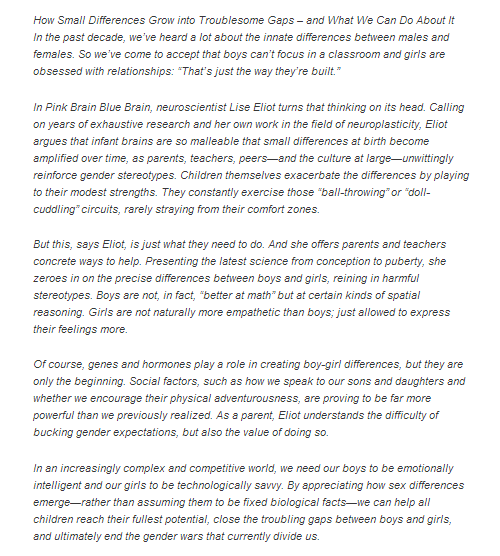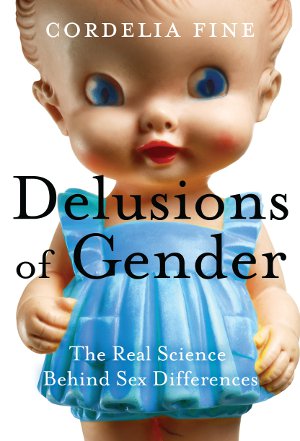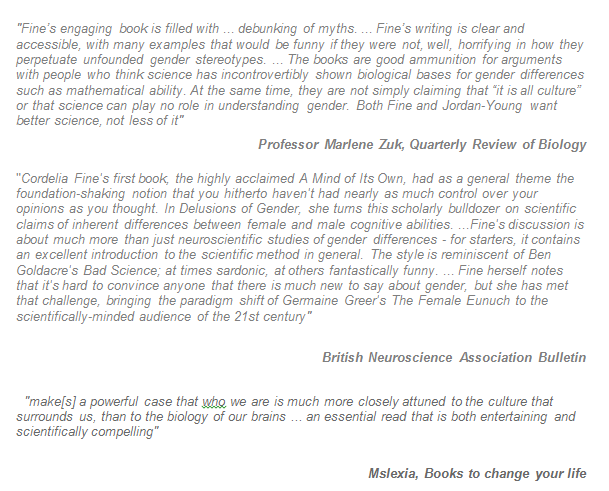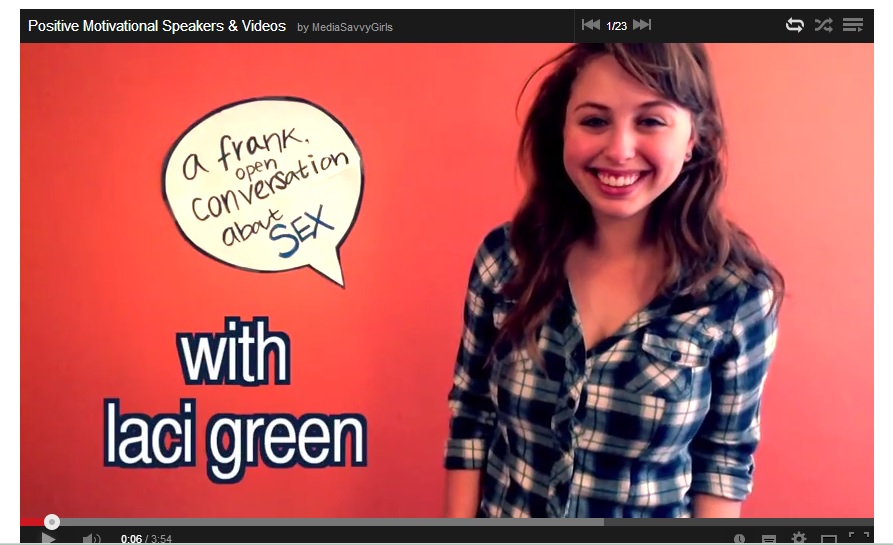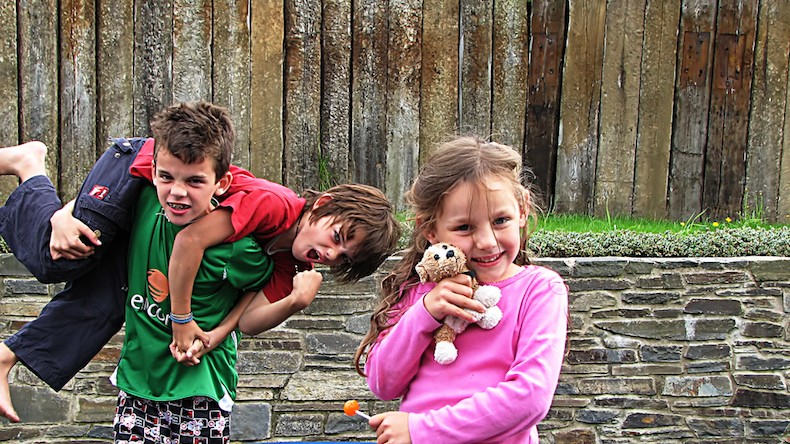
Questioning the origin of gender stereotypes is a complex and global issue, as multifaceted and layered as the cultures from which these preconceived notions originate. In Iceland, for example, almost no one (3.6%) believes that a woman has less right to available jobs than a man, whereas in Egypt, almost everyone believes such as an ineffable truth (94.9%).(1) What cultural variables could possibly account for this? Religion often takes the blame, but when one looks closer, different nations where the majorities are of the same faith often still exhibit a remarkable variety in the level and enforcement of gender stereotypes.
One hypothesis that accounts for the development of this discrepancy lies in the different ways in which various cultures practiced agriculture in the past. Ester Boserup, from whom this theory originated, found that gender roles are strongly correlated to plough use. Unlike shifting cultivation, which relied largely on the use of hand-held tools, plough usage requires “significant upper body strength, grip strength, and burst of power, which are needed to either pull the plough or control the animal that pulls it. Because of these requirements, when plough agriculture is practiced, men have an advantage in farming relative to women.”(1)
Naturally, as the centuries passed, it became thus assumed in those societies that men have an advantage when it comes to activities outside of the home (i.e. manual labour) whereas women specialise in those activities which take place in the home. The belief in this division of labour became so imbedded in these cultures that it effortlessly crossed over to those populations applying the same belief system to non-agricultural work.
To test this hypothesis, researchers combined pre-industrial ethnographic data from a wide variety of nations and ethnic groups which reported whether those societies traditionally practiced plough agriculture, alongside contemporary measures of individuals’ views about gender roles. Consistent with Boserup’s hypothesis, historical plough use was found to correlate very strongly with views on gender inequality today. (1)
In the digital age, where rapid and frequent cross-culture communication is a fact of life, the reasons why these stereotypes still persist is perhaps more baffling than their origins. After all, it is quite easy for someone from Egypt to observe the fact that Icelandic society is functioning perfectly productively, despite their belief that women work just as effectively outside the home as men do. Likewise, even countries with adequate workplace equality still have stereotypes about the preferences and natures of women and men as distint categories.
But when exactly do these develop?
The short answer would be, perhaps obviously, “in childhood.” Children become “gender aware” at a very young age (typically between three and five years of age, in our commercialised society even sooner), and begin to develop gender stereotypes almost immediately thereafter.(2) These concepts become rigidly defined between 5 and 7 years of age (Martin & Ruble, 2004), and begin to have lasting impact on identity and self-esteem by adolescence.(2)
Is this nature or nurture? It is a combination, but research seems to suggest that for the most part and at younger age, it is the latter. Children observe the roles of their elders, and begin to act them out in play with their peers as soon as they can walk and communicate enough to do so; through this process, they label themselves as being a boy or a girl, and begin to instruct themselves on what that entails.(2) “Imitation and instruction are vital components to children’s development. Adults promote this learning by role-modeling behavior, assisting with challenging tasks, and passing along cultural meanings to objects and events, all of which are components of gender development.” (Vygotsky, 1961)
Even if a child’s parents do not adhere rigidly to gender stereotypes, the pervasive nature of the media inundates children with preconceived notions about gender. Gender-typed messages are found on bed sheets, towels, bandages, clothes, school supplies, toys, and furniture (Freeman, 2007). Even the most well-meaning parent cannot shop for their child without exposing him or her to segregated pink and blue aisles for girls and boys. If aisles were thus segregated by race, most people today would be appalled, and yet it is considered normal where gender stereotypes are concerned (fortunately, activists, consumer groups and concerned parents are starting to react to this, demanding an ending to gender segregation in the marketing of children’s toys – see for instance the Lettoysbetoys and PinkStinks campaigns promoted in UK).
Likewise, adult role models are frequently shown perpetuating gender stereotypes via the media; for example, advertising related to computers typically depicts men and boys as “competent users, engaged in active or professional roles, while women and girls were passive observers or merely posed next to the computer while looking pretty or provocative.” (McNair, Kirova-Petrova, & Bhargava, 2001) This, of course, subsequently shows up in children’s play. It also keeps gender stereotypes perpetuated even as we move into a highly digital economy.
When a child enters school, this bias usually deepens, furthered by the biases of his or her teachers. “While unintentional, a teacher’s inherent biases can perpetuate unfair stereotypes and may be manifested in discriminatory classroom practices. For example, one group of teachers perceived girls as passive learners and therefore more “teachable” than boys.” (Erden & Wolfgang, 2004). In my research this was very evident as primary school girls (age 8-11) often complained of the double standard in terms of expected behavior from their teachers: boys would be allowed to be noisy and misbehaving in the class and playground to a much greater extent than the girls. An example is given by their conceptualization of “being a girl” as opposed to “being a boy” (see link http://thegirlsproject.webs.com/stereotypes.htm) Research shows that females often receive less active attention from their teachers, which reinforces lower aspirations of achievement and poor self-esteem. (2)
With all of these factors taken into consideration, it is logical to assume that gender stereotypes today are the product of cultural bias that is found on many different levels of society—in the home, in the media, on the playground, and in the classroom—which then perpetuates into later workplace, affecting our identity/sense of self and our relationship with others. Ending gender stereotyping, then, will take the concerted effort of many – parents, educators, activists, media producers, marketers, regulators, to name a few – to critically analyze and counteract gender bias found at all levels, in the media, the school system, the workplace, and the home.
Main reading:
-
- http://bit.ly/1pOb7Gv
References:
Boserup, E. (1970). Woman’s Role in Economic Development, London: George Allen and Unwin Ltd.
Erden, F., & Wolfang, C.H. (2004). An exploration of the differences in prekindergarten, kindergarten, and first grade teachers’ beliefs related to discipline when dealing with male and female students. Early Child Development and Care, 174(1), 3-11.
Freeman, N. (2007). Preschoolers’ perceptions of gender-appropriate toys and their parents’ beliefs about genderized behaviors: Miscommunication, mixed messages, or hidden truths? Early Childhood Education Journal, 34(5), 357-366
Martin, C., & Ruble, D. (2004). Children’s search for gender cues: Cognitive perspectives in gender development. Current Directions in Psychological Science, 13(2), 67-70.
McNair, S., Kirova-Petrova, A., & Bhargava, A. (2001). Computers and young children in the classroom: Strategies for minimizing gender bias. Early Childhood Education Journal, 29(1), 51-55.
Vygotsky, L. (1961). The development of scientific concepts in childhood. In K. Paciorek, & J. Munro (Eds.), Sources: Notable selections in early childhood education (pp. 11-18). Guilford, CT: Dushkin/McGraw-Hill.





